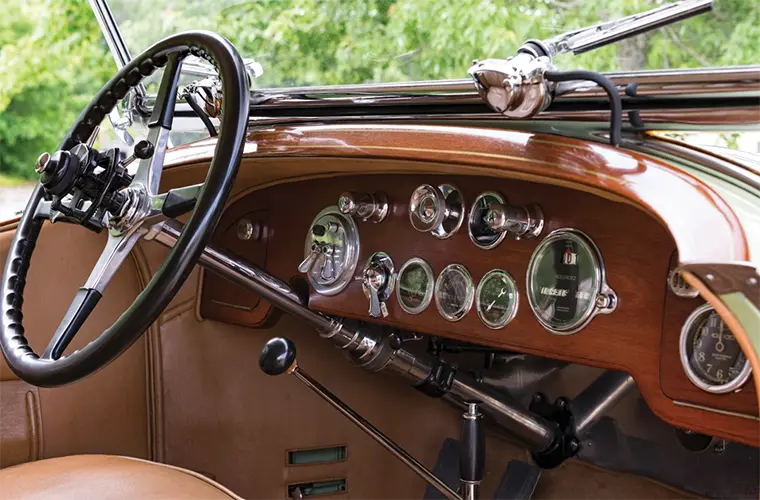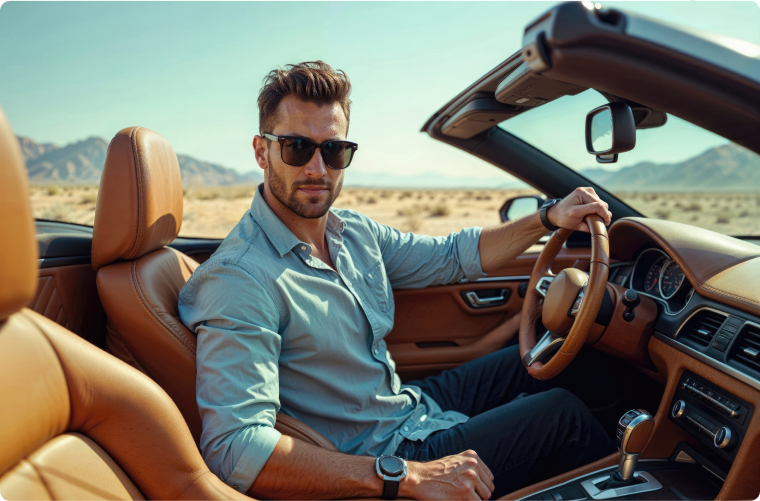I would highly recommend using Premier Financial Services. I refer all my friends, family and colleagues to them. I have purchased many vehicles over the years and I have always used Premier. My advisor, Michelle Yancey, is always available for me and gets the deal done seamlessly and efficiently. There are many benefits to using their services when purchasing a vehicle at any price range. Highly recommend without a doubt.
Lease a Rolls-Royce
Leasing a Rolls-Royce lets you enjoy the pinnacle of luxury and refinement, from the Ghost to the Dawn. With bespoke customization options and a seamless leasing experience, driving a Rolls-Royce has never been more accessible.
As an independent and unbiased advisor, Premier is not endorsed by or affiliated with any manufacturer. Our only commitment is to you.

Why lease a Rolls-Royce with Premier?
Unmatched Luxury
Leasing Rolls-Royce means enjoying the finest craftsmanship and luxury in automotive history.
Bespoke Options
Rolls-Royce offers custom-tailored vehicles, and leasing lets you upgrade to the latest bespoke models.
Flexible Leasing
Customizable leasing options allow you to drive a Rolls-Royce with a lower initial investment.

Should you lease or finance a Rolls-Royce?
Leasing a Rolls-Royce with Premier offers a flexible path to ownership, allowing you to enjoy handcrafted excellence without the immediate capital outlay of a traditional purchase. Drive your dream car today while keeping future options open.
The Leasing Process
The Premier leasing experience is crafted with the same attention to detail as the vehicles themselves. Every element of the process is bespoke, refined, and designed to exceed expectations.
Request a quote.
Quickly determine your lease eligibility with a quote which fast, easy, and credit-safe. Select from models such as the Ghost, Cullinan, or bespoke Phantom for a quote customizable to your specifications.
Apply for a lease.
Premier offers individual and business leases with a quick, secure process that includes a credit check. Each lease is tailored to your financial goals and vehicle preference.
Review personalized terms.
We offer flexible lease structures that accommodate your unique financial preferences and driving plans.
Sign and start your journey.
Your Rolls-Royce is ready to drive anywhere within the continental US! Once your lease is finalized, you can connect with your seller to take the keys.

What Our Clients Say
Clint F.
Premier Customer Since 2021
I have had a long and successful relationship with Premier. My collection of cars have come from every source imaginable: overseas, auctions, and dealers across the country. In every instance, Premier has been a great partner and their leasing options are a perfect fit for my needs.
Richard S.
Premier Customer Since 2000
Premier has been a partner with us, facilitating five leases on vintage Porsches and assisting with the details of international transport so we could enjoy experiences of a lifetime. I have referred colleagues and friends to Premier and will continue to do so because of their attention to detail and impeccable concierge services.
Tony C.
Premier Customer Since 2013
I’ve had a relationship with Premier for six or seven years and have financed a Rolls-Royce Silver Cloud and Bentley Azure with them. The relationship was extremely professional, smooth and they went above and beyond for all my endeavors. If you are seeking purchasing or financing, I would highly recommend using Premier.
M.D.
Premier Customer Since 2017
I have been consistently impressed with the Premier team’s availability, attitude, and lease products. Their facilitation of vintage car transactions and their impressive flexibility to work with me individually has helped me achieve my collecting goals. Premier customizes their service and builds their relationship with me as a unique client.
David E.
Premier Customer Since 2014
Had a truly A class experience. Very smooth and responsive process. Kevin kept me updated all along the way and got my financing done very quickly!
A.S.
Premier Customer Since 2025
FAQs for Leasing a Rolls-Royce
Premier Financial Services is not a licensed dealer and is not otherwise sponsored or endorsed by, or affiliated with Rolls-Royce Motor Cars Limited.
How much does it cost to lease a Rolls-Royce?
The monthly cost to lease a Rolls-Royce is influenced by several factors, including the finance amount and term length. For a clear, personalized understanding, our sales managers can provide you with a risk-free quote – helping you explore your options with confidence.
Can I customize a Rolls-Royce if I lease?
Our program doesn’t permit certain customizations that could impact the car’s value. Keeping your vehicle in its original condition is the best way to preserve its value and protect your investment.
Are there mileage restrictions when leasing a Rolls-Royce?
Premier includes mileage guidelines in the lease agreement, but the key factor is the vehicle’s value at lease-end. Your payoff is based on that value, providing flexibility without strict mileage penalties.
What happens if I decide to buy my leased Rolls-Royce?
When you decide to purchase your leased Rolls-Royce by paying the final residual amount, we’ll quickly send you all the necessary documents to make the vehicle yours – smooth and simple.
Request a quote today without any impact to credit.
Whether you’re just exploring your options or ready to lease today, requesting a quote is a no-risk first step.
